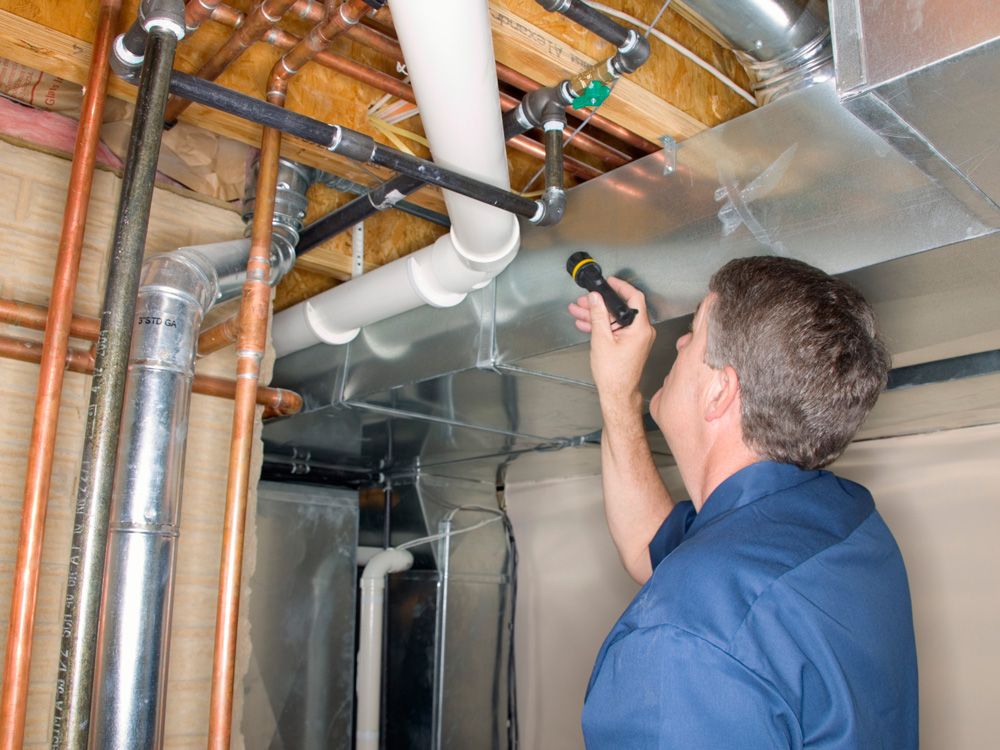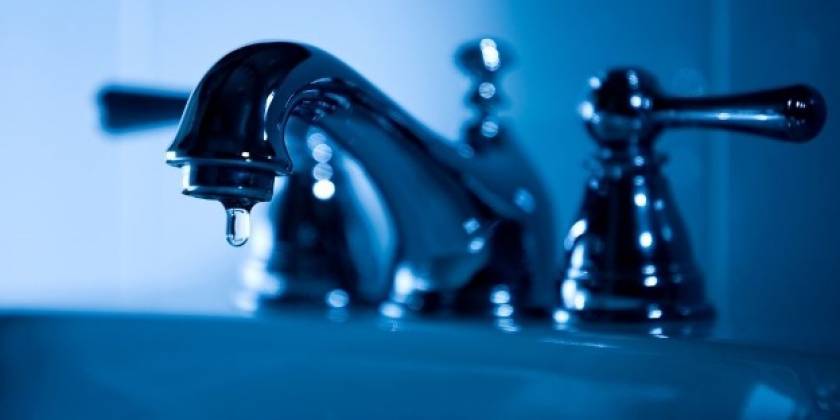They are making several great observations regarding Plumbing Maintenance Guide for Tenants overall in the article on the next paragraphs.

Taking care of pipes issues in rental homes effectively is critical for keeping lessee fulfillment and maintaining the building's worth. Whether you're a property manager or a building supervisor, recognizing just how to attend to these usual troubles can conserve you time and money while making sure compliance with legal duties. Below's a step-by-step guide on how to handle pipes problems in rental homes.
Establish Clear Interaction
Motivate tenants to report any kind of plumbing concerns as quickly as they happen. Offer several communication channels such as phone, email, or an occupant site to make it very easy for them to connect. Motivate actions to these records can stop small issues from intensifying into major problems.
Educate Tenants
Inform your occupants regarding what makes up a plumbing emergency and what does not. Provide standards on just how to take care of small problems themselves, such as using a plunger to unblock a commode. Likewise, notify them about what they should stay clear of taking down drains pipes to avoid clogs, such as oil, coffee premises, and non-biodegradable products.
Regular Maintenance
Apply a regular maintenance schedule for all pipes systems in your leasing homes. Regular checks can help recognize and fix issues like leakages, slow-moving drains pipes, or corroded pipelines before they become significant. Think about hiring a specialist plumbing technician to examine the properties each year or semi-annually.
Quick Action to Emergencies
Have a strategy in place for replying to plumbing emergency situations. This should include having the contact details of trusted plumbing solutions that use 24/7 emergency fixings. Quick action is vital to lessen damage in situations like ruptured pipelines or serious leakages.
File Every little thing
Keep thorough records of all reported pipes issues and the actions required to fix them. Documentation must include days, descriptions of the problem, interaction with occupants, and receipts from service providers or plumbing technicians. This info can be essential for insurance claims, tax obligation reductions, and legal security.
Usage Qualified Professionals
Always utilize certified and insured experts for substantial pipes repair work and setups. This guarantees that the job depends on code and can help prevent liability concerns in case of accidents or more damage. It likewise assures lessees that fixings are being taken care of professionally.
Understand Lawful Duties
Know your legal obligations concerning pipes and basic residential property maintenance. The majority of territories need proprietors to guarantee their residential properties are habitable and that all plumbing systems remain in good working order. Failing to address major problems promptly can cause legal actions from lessees.
Lessee Repayments
If a pipes problem requires immediate attention and the tenant resolves the issue on their own, have a clear plan in position for repaying expenses. Ensure renters understand they ought to obtain prior authorization for higher-cost repairs unless it's an absolute emergency.
Preventive Upgrades
Think about upgrading older plumbing systems and components to extra modern, efficient designs. This can lower the frequency and intensity of pipes issues and reduced long-lasting maintenance expenses. It's also a marketing factor for prospective renters that value upgrades and modern attributes.
Occupant Move-Out Inspections
Conduct comprehensive plumbing checks throughout move-out inspections to make certain that any problems are determined and addressed prior to a brand-new occupant moves in. This avoids disputes with brand-new lessees over pre-existing conditions and makes sure the property remains in top problem.
Verdict
Taking care of pipes problems in rental buildings calls for a positive approach and good communication with tenants. By remaining on top of maintenance, reacting promptly to emergency situations, and using professional professionals, property managers can keep their properties in exceptional problem and preserve excellent relationships with occupants.
How to Handle Water Damage in a Rental Property
What is Water Damage?
Water damage is harm or destruction caused by water entering areas where it is not supposed to be. It can be caused by a variety of sources and can manifest in different ways. The most common examples of water damage include:
Leaking roof Plumbing leaks Appliance malfunctions Poor drainage Flooding Sewage backup Condensation Tenant negligence HVAC system issues Frozen pipes Is water damage dangerous?
Water damage itself is not inherently dangerous, but it can lead to various hazards and health risks if not promptly and properly addressed. The severity of these risks depends on the extent of the water damage, the source of the water, and how quickly it is mitigated.
Some potential dangers associated with water damage include structural damage, mold and bacterial growth, electrical hazards, water contamination, and pest infestations. In situations where mold and mildew have gone unaddressed, mold can start to develop within 24-48 hours of water exposure, and this can impose a serious health risk to tenants. In particular, mold spores and damp conditions can lead to respiratory issues and even make existing health problems worse, such as allergies, asthma, or immune disorders.
Water Damage in an Apartment - Who is Responsible?
If the water damage is caused by the tenant’s negligence, the tenant is responsible for the cost of repairs. If the water damage is caused by a defect in the property, the landlord is responsible for the cost of repairs. If the water damage is a result of natural causes, such as excessive rain, then the landlord is responsible, since the water intrusion likely occurred due to a defect in the property. Landlord Responsibility water damage in rental property
Since maintaining habitability is the landlord’s legal responsibility, landlords are responsible for any resulting structural damage caused by water damage. These structural damages may include damage to walls, roofs, ceilings, and flooring. If water damage has affected the rental property’s original structure, the landlord is responsible for repairing or replacing those materials. Therefore, landlords should have property insurance that covers the structural components of their rental property so that they can receive help with the costs of covered events.
Preventative measures can also help landlords avoid massive renovations. Preventative maintenance may include conducting regular inspections to identify and address potential water damage before it becomes a major and urgent problem.
If a landlord fails to meet their responsibilities regarding water damage, it can lead to legal disputes and potential liability. Tenants who believe their landlord is not addressing water damage issues in accordance with California law can seek legal advice or contact local housing authorities for assistance.
https://www.goodlifemgmt.com/blog/water-damage-in-a-rental-property/

As a reader about Plumbing Maintenance and Repair in your Rental Property, I thought sharing that blog post was sensible. Are you aware of somebody else who is enthusiastic about the niche? Please feel free to share it. Thank you so much for taking the time to read it.